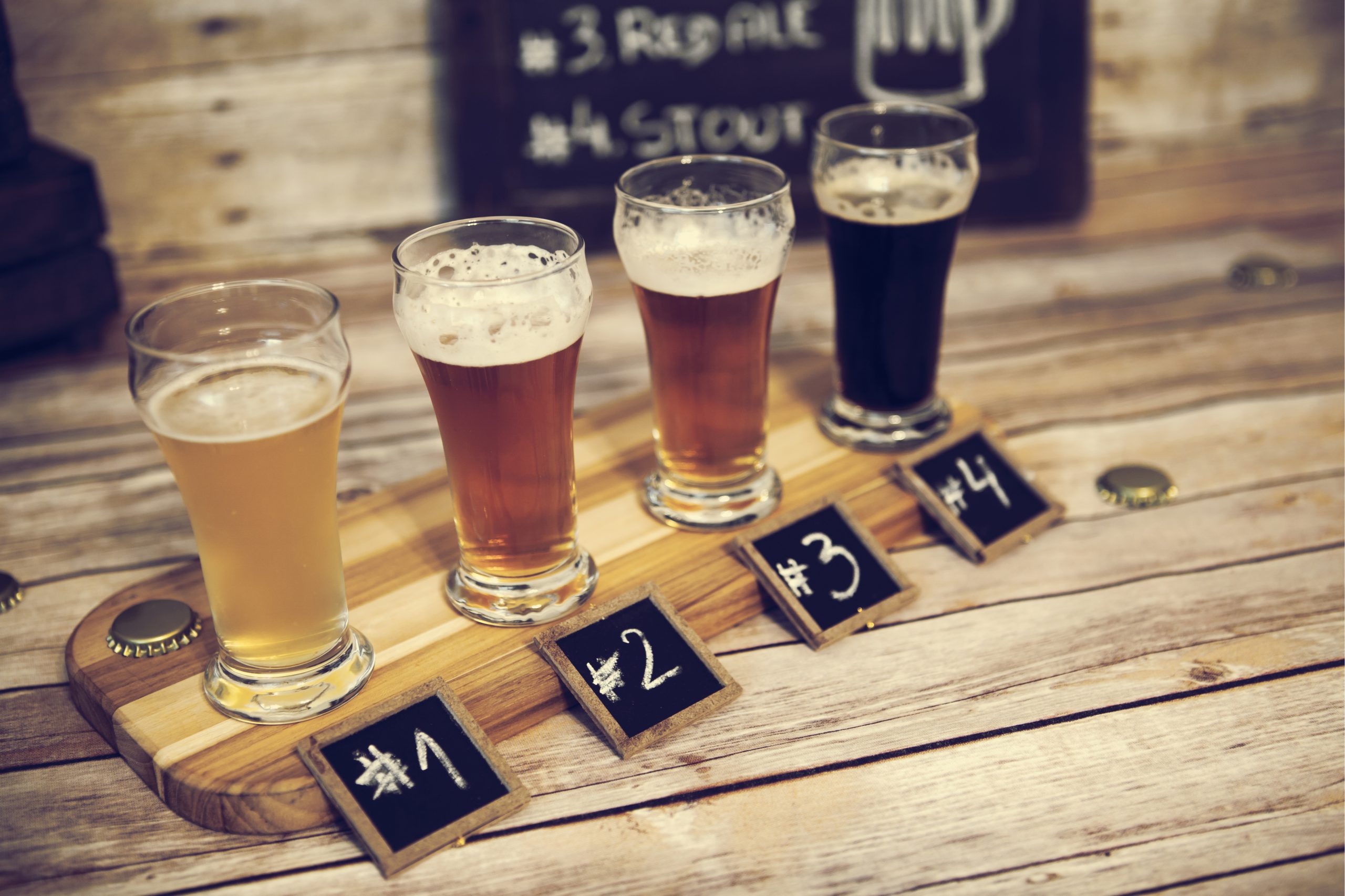
The Art of Beer Tasting.
There’re over 900 flavors that have been identified in the sweeping array of beers that are available at the tap and from the fridge. “Beer is fun!” many will say, and shouldn’t be subjected to the same scrutiny we apply to wine. But, as professionals, we must do this so our guests can nonchalantly drink great beer, in our great locations unknowing of the great lengths we go to in providing this experience. Here’re the things you’ll need to know about tasting beer in order to craft the draft lineup you’ve been dreaming of.
Elements of Tasting
How you taste is sort of up to you, there’re recommended professional methods and these are definitely worth researching. However paying attention to the following elements as you taste a beer will certainly help you level up your tasting game.
Glass
Ideally tasting should be done in stemmed glasses with an in-curved rim and lots of space above the liquid in the glass for the aromas to accumulate in. No matter the type of glass it should be no more than 1/3 full, and should also be clear so you can really see the beer.
Color and Clarity
“Don’t eat with your eyes” is what your mother always told you. However it is a natural instinct and something we can’t help, as drinkers, we must consider it. Most beers are designed to look appealing and this usually means being sparkling clear. Color and clarity skew our perception and are factors of taste. Consider this when choosing beers for you line up and for choosing how you serve them.

Nose
Scent is the second element to hit any drinker after they’ve feasted their eyes on the beverage. Here’s where you really get a sense of what your beer is going to offer. Smell is where brewers really try to entice you into their beer.
Taste
It doesn’t really need to be stated that this is a beer’s bread and butter. This is the element which you would’ve focused on heavily before. This is still the most important part of the beer; the single element by which most customers will judge the brew in front of them.
Mouthfeel
Probably the most understated element of beer. How a beer feels in your mouth is critical to the overall flavor perception and sensation of the beverage.
Finish
The experience of taste lasts long after a sip has been swallowed (and this is why swallowing is an integral part of the beer tasting process) and it can also change in this time. This lingering perception is an important element in beer because this is what a beer leaves you with. Does it leave you wanting more?
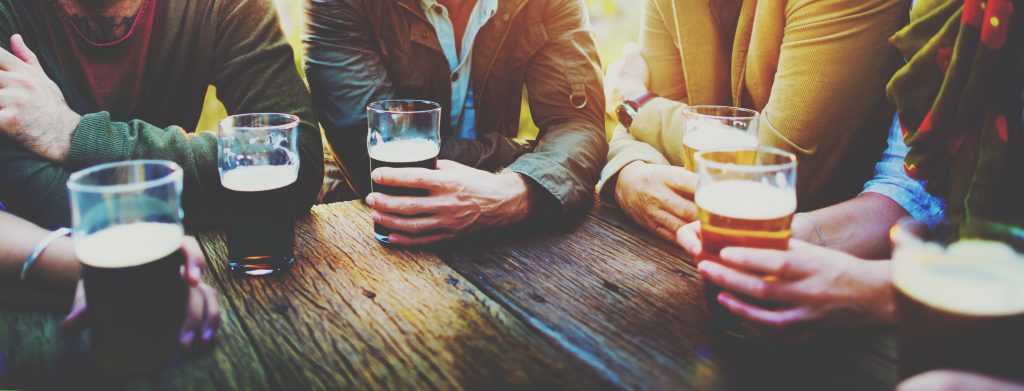
Flavor Factors
Beer is, more often than not, made of four ingredients: malt, hops, yeast, water; and these are the flavor factors that come together to create the beer in your glass.
Malt
Provides sweet, nutty, bready, chocolaty, coffee-ey, biscuity flavors and everything in-between. There’re many different roasts which a brewer can use in his mash bill, producing a myriad of flavors. If it tastes grain based or roasted then it’s probably the malt’s fault!

Hops
Hops bring a huge variety of flavor to beer including the floral, fruity, piney, earthy, herby, and spicy. Most importantly hops add bitterness to beer which contrasts excellently with the sweet flavors of the malt. The hops are always there, whether their presence be shouted loud and proud,
like in an American Double IPA, or extremely subtly like in a Brown Ale.
Yeast
It’s relatively unknown but yeast does add flavor to beer. Ale yeast, which ferments at much higher temperatures, gives off a lot more flavors than lager yeast. These include slightly fruity notes as well as clove, banana, and also buttery flavors. There’re some beers fermented with “wild” yeasts, and these provide slightly acidic and crisp flavors; these beers are mostly sours and saisons.
Water
Beer is mostly water, minerals dissolve in water, and therefore it can be expected that it contributes some flavor to the beverage. In the past you had to work with the water you had, however brewers can now adjust their water to suit the style of beer that they’re brewing. If a beer of a certain style just doesn’t seem right the water used might be too hard or too soft for the style.
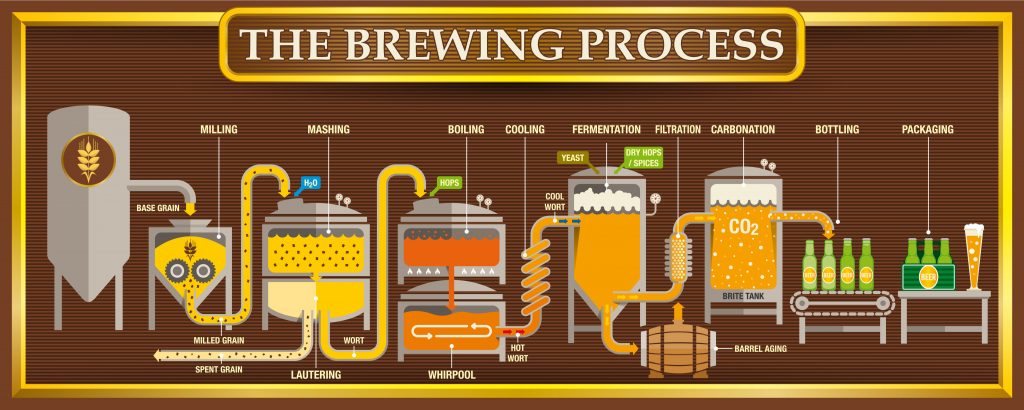
Others
There’re other ingredients and methods such as different grains, fruits, yeasts, oak fermentation, and barrel-aging which are going to affect the flavors of beers, and pull them away from the mainstream products we’re used too.
True to Style
Being “True to Style” is a necessary quality for beers being assessed during competitions. It is one thing to have a beer that tastes good, but it has to conform to the expectations put forth by the label which is slapped on it. This might not seem like a factor worthy of a mention here, however if
a beer you offer isn’t true to its style i.e. it isn’t what it says it is; those guests who order it will be disappointed and their experience in your location will be tainted by this. Assessing a beer by this merit will ensure that the beer you offer fits expectations. Consider how true to style a beer is when considering all of the Elements of Tasting and the Flavor Factors.
Off Flavors and Aromas
These flavors and aromas tell you that the beer in your hand is not up to scratch; either something was out of whack with the brewing process or it has not been handled properly.
Acetaldehyde
This aroma means that something went wrong with the yeast in the brew process.
Smells like: green apple, apple skins, or green leaves.
Methyl
Here blue light has caused a chemical reaction in some compounds from the hops resulting in these flavors. This can happen in a matter of seconds.
Smells like: Skunky, rubbery – a.k.a light struck.
DMS – Dimethyl Sulfide
Dimethyl Sulfide (DMS) is symptomatic of brewhouse problems and can often indicate a bacterial infection.
Smells like: Creamed corn, cabbage, canned vegetables.
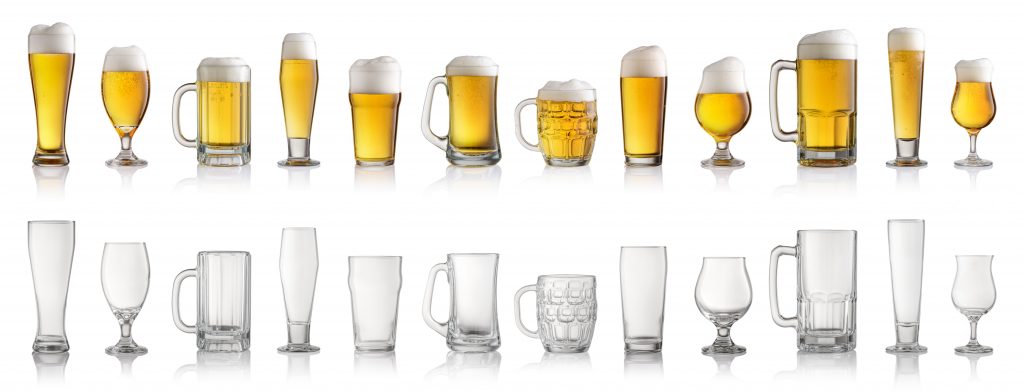
Diacetyl
Large amounts can indicate dirty and infected draft lines. Small amounts can be caused by yeast being over stressed during the brew process.
Smells and tastes like: theater popcorn, buttery, butterscotch.
Oxidation
It can be found in old beer who’s flavor has mutated with time. Can also be caused by over-boiling and other poor brew-house technique.
Smells and tastes like: cardboard, stale.
Acetic Acid
This is sometimes desirable in sour beers but not in any others. It means that either the beer wasn’t fermented for long enough or that oxygen somehow got into the beer and ruined it.
Smells and tastes like: vinegar, pickle aroma, sour.
Remember that, ultimately, beer is made to be drunk and enjoyed. It is not designed to be deconstructed, assessed, and criticized. Whilst we do do this, at the end of the tasting process we need to sit back, look at the beer in the glass and ask: is this beer drinkable?




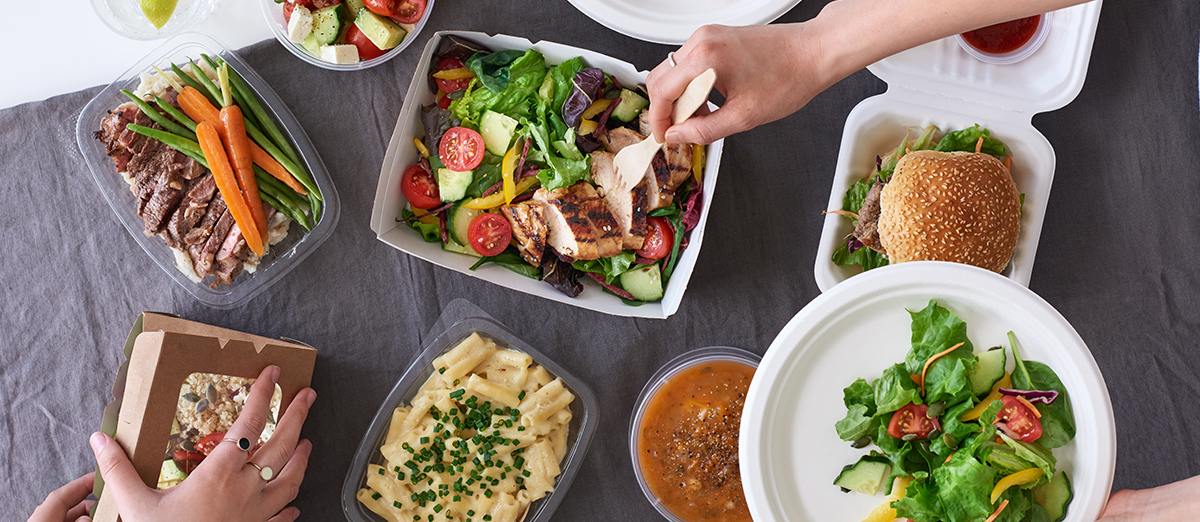

Write a Comment